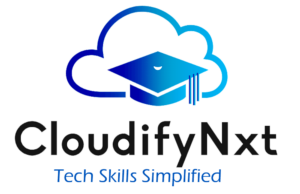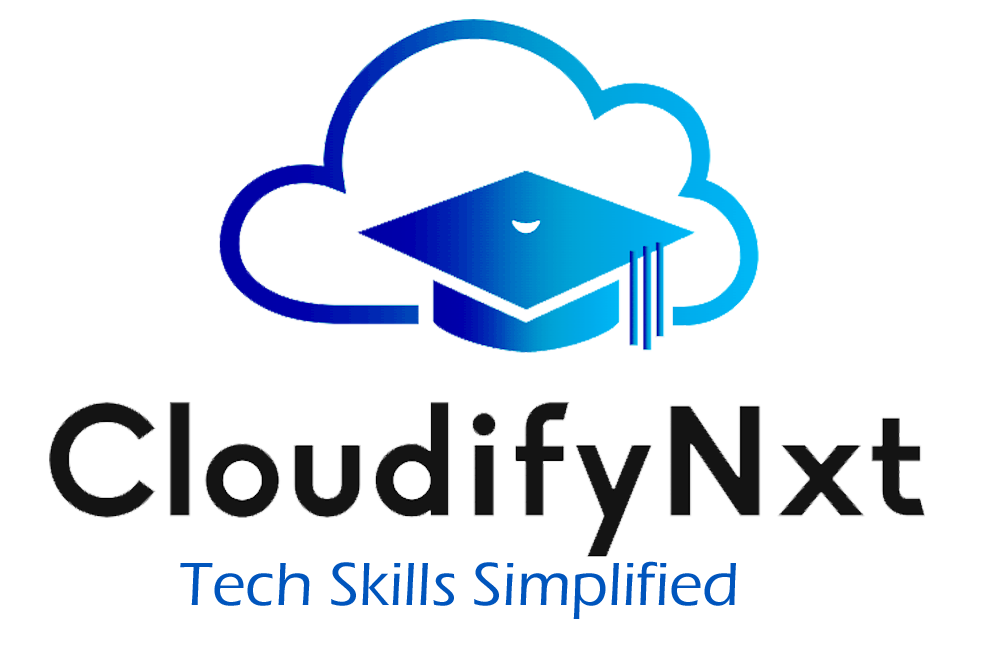
Data Science Project Ideas for Final Year Students: A Comprehensive Guide
Embarking on a final-year project is a significant milestone for data science students. It’s an opportunity to showcase your skills, solve real-world problems, and make meaningful contributions to various industries. This guide presents a curated list of innovative data science project ideas tailored for final-year students, emphasizing uniqueness, practical application, and the integration of advanced techniques.
Contents
- 1 🔍 Importance of Final-Year Data Science Projects
- 2 🧠 Top Data Science Project Ideas for Final Year Students
- 2.1 1. Predictive Sales Analysis
- 2.2 2. Sentiment Analysis on Social Media
- 2.3 3. Movie Recommendation System
- 2.4 4. Credit Card Fraud Detection
- 2.5 5. Natural Language Processing Chatbot
- 2.6 6. Image Classification
- 2.7 7. Housing Price Prediction
- 2.8 8. Customer Churn Analysis
- 2.9 9. Text Summarization Tool
- 2.10 10. Anomaly Detection in Time-Series Data
- 3 🛠️ Tools and Technologies to Explore
- 4 📈 Enhancing Your Project with Advanced Techniques
- 5 🌐 Real-World Applications and Impact
- 6 📝 Tips for a Successful Data Science Final-Year Project
🔍 Importance of Final-Year Data Science Projects
Final-year projects serve as a culmination of a student’s learning, offering an opportunity to delve deep into a specific area of interest. For data science enthusiasts, these projects can bridge the gap between theoretical knowledge and practical application. By addressing real-world challenges, students can demonstrate their ability to harness data for meaningful insights, making them more attractive to potential employers and setting a solid foundation for future endeavors.
🧠 Top Data Science Project Ideas for Final Year Students
1. Predictive Sales Analysis
-
Objective: Develop a model to forecast future sales based on historical data, aiding businesses in inventory and staffing decisions.
-
Techniques: Time series analysis, regression models.
-
Tools: Python, Pandas, Scikit-learn.
2. Sentiment Analysis on Social Media
-
Objective: Analyze sentiments from platforms like Twitter or Reddit to gauge public opinion on specific topics or brands.
-
Techniques: Natural Language Processing (NLP), text mining.
-
Tools: Python, NLTK, TextBlob.
3. Movie Recommendation System
-
Objective: Build a system that suggests movies to users based on their preferences and viewing history.
-
Techniques: Collaborative filtering, content-based filtering.
-
Tools: Python, Scikit-learn, Surprise library.
4. Credit Card Fraud Detection
-
Objective: Develop a model to identify fraudulent transactions, enhancing security in financial systems.
-
Techniques: Anomaly detection, classification algorithms.
-
Tools: Python, Scikit-learn, TensorFlow.
5. Natural Language Processing Chatbot
-
Objective: Create a chatbot capable of engaging in conversations and performing tasks based on user inputs.
-
Techniques: NLP, machine learning.
-
Tools: Python, NLTK, TensorFlow.
6. Image Classification
-
Objective: Train a model to classify images into predefined categories, such as identifying objects or handwritten digits.
-
Techniques: Convolutional Neural Networks (CNNs), deep learning.
-
Tools: Python, TensorFlow, Keras.
7. Housing Price Prediction
-
Objective: Predict housing prices based on features like location, size, and amenities.
-
Techniques: Regression analysis, feature engineering.
-
Tools: Python, Scikit-learn, Pandas.
8. Customer Churn Analysis
-
Objective: Analyze customer behavior to predict and reduce churn, enhancing customer retention strategies.
-
Techniques: Classification algorithms, survival analysis.
-
Tools: Python, Scikit-learn, Lifelines.
9. Text Summarization Tool
-
Objective: Develop a tool that automatically generates concise summaries of lengthy documents or articles.
-
Techniques: NLP, extractive and abstractive summarization.
-
Tools: Python, Hugging Face Transformers, NLTK.
10. Anomaly Detection in Time-Series Data
-
Objective: Identify unusual patterns or anomalies in time-series data, applicable in areas like network security or equipment maintenance.
-
Techniques: Time-series analysis, anomaly detection algorithms.
-
Tools: Python, Scikit-learn, Prophet.
🛠️ Tools and Technologies to Explore
To successfully implement the above projects, familiarity with the following tools and technologies is beneficial:
-
Programming Languages: Python, R
-
Libraries and Frameworks: Scikit-learn, TensorFlow, Keras, NLTK, Pandas, Matplotlib
-
Data Visualization Tools: Tableau, Power BI
-
Cloud Platforms: AWS, Google Cloud, Microsoft Azure
-
Version Control: Git, GitHub
📈 Enhancing Your Project with Advanced Techniques
To further elevate your project, consider integrating advanced data science techniques:
-
Deep Learning: Utilize neural networks for complex pattern recognition tasks.
-
Natural Language Processing (NLP): Implement advanced NLP models for tasks like sentiment analysis or chatbot development.
-
Time-Series Forecasting: Apply models like ARIMA or LSTM for predicting future trends based on historical data.
-
Reinforcement Learning: Explore decision-making models that learn optimal actions through trial and error.
🌐 Real-World Applications and Impact
Final-year data science projects not only demonstrate technical skills but also have the potential to make a significant impact in various industries:
-
Healthcare: Predicting disease outbreaks, analyzing patient data for personalized treatment plans.
-
Finance: Detecting fraudulent transactions, assessing credit risk, optimizing investment strategies.
-
Retail: Forecasting sales, analyzing customer behavior for targeted marketing.
-
Transportation: Optimizing traffic flow, predicting maintenance needs for vehicles.
-
Agriculture: Monitoring crop health, predicting yield, optimizing resource usage.
📝 Tips for a Successful Data Science Final-Year Project
-
Choose a Relevant Topic: Select a project that aligns with current industry trends and challenges.
-
Define Clear Objectives: Set specific, measurable goals for your project.
-
Gather Quality Data: Ensure access to reliable and sufficient data for analysis.
-
Apply Appropriate Techniques: Use suitable algorithms and models for your project.
-
Document Your Work: Maintain comprehensive documentation of your process and findings.
-
Seek Feedback: Regularly consult with mentors or peers for guidance and feedback.
